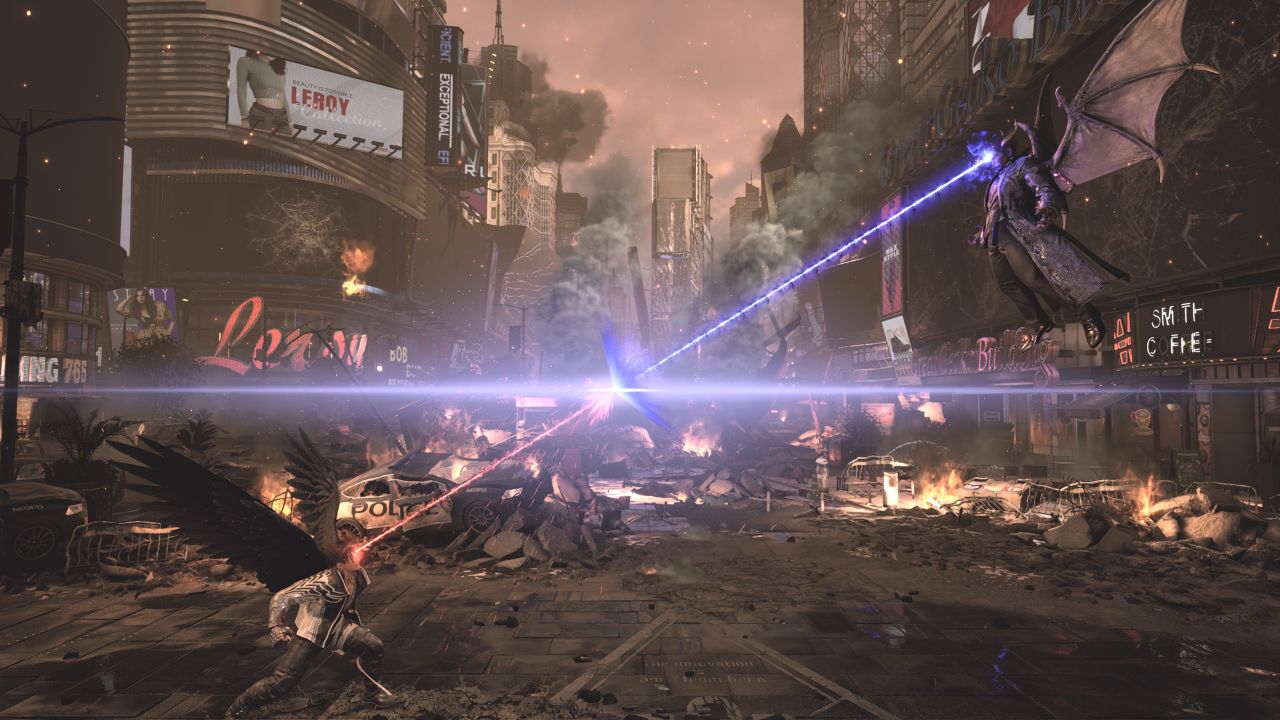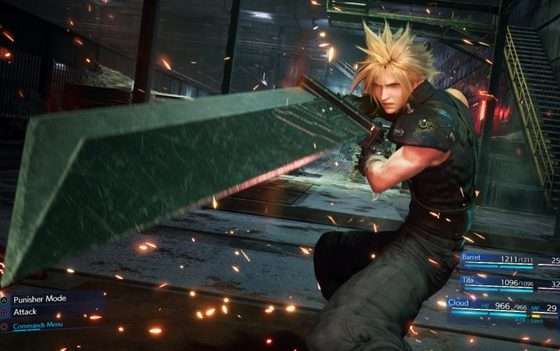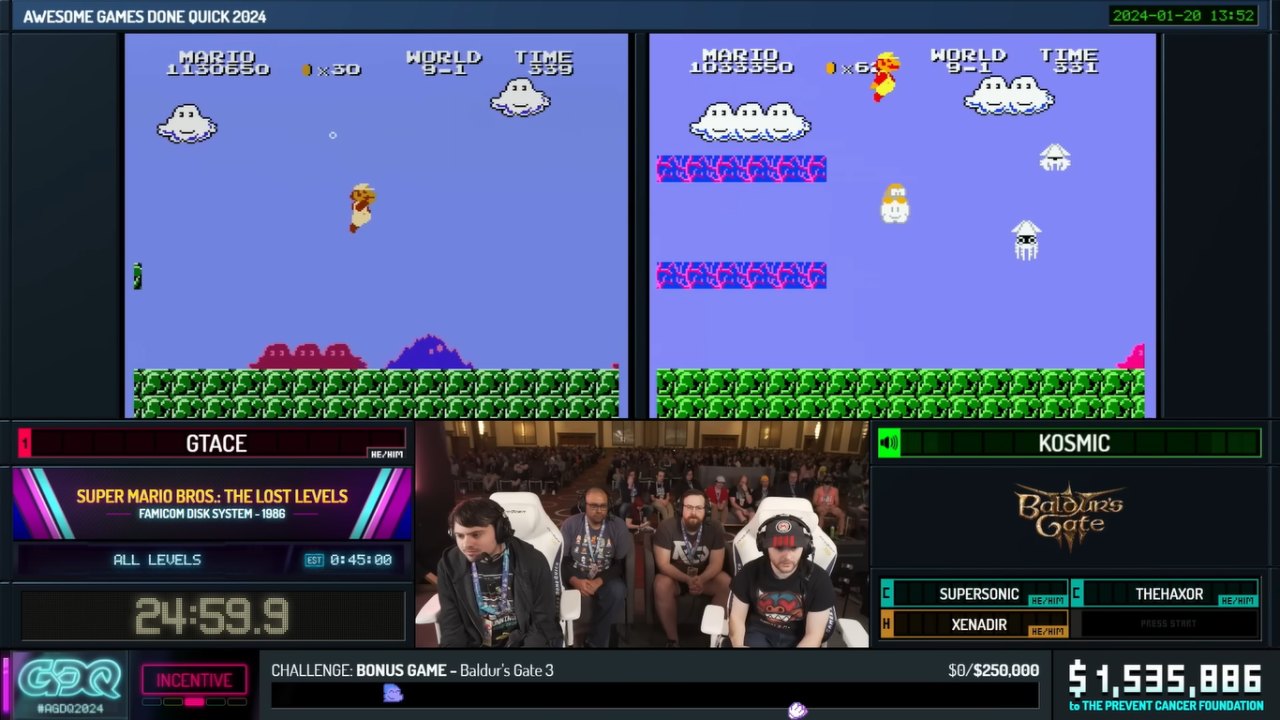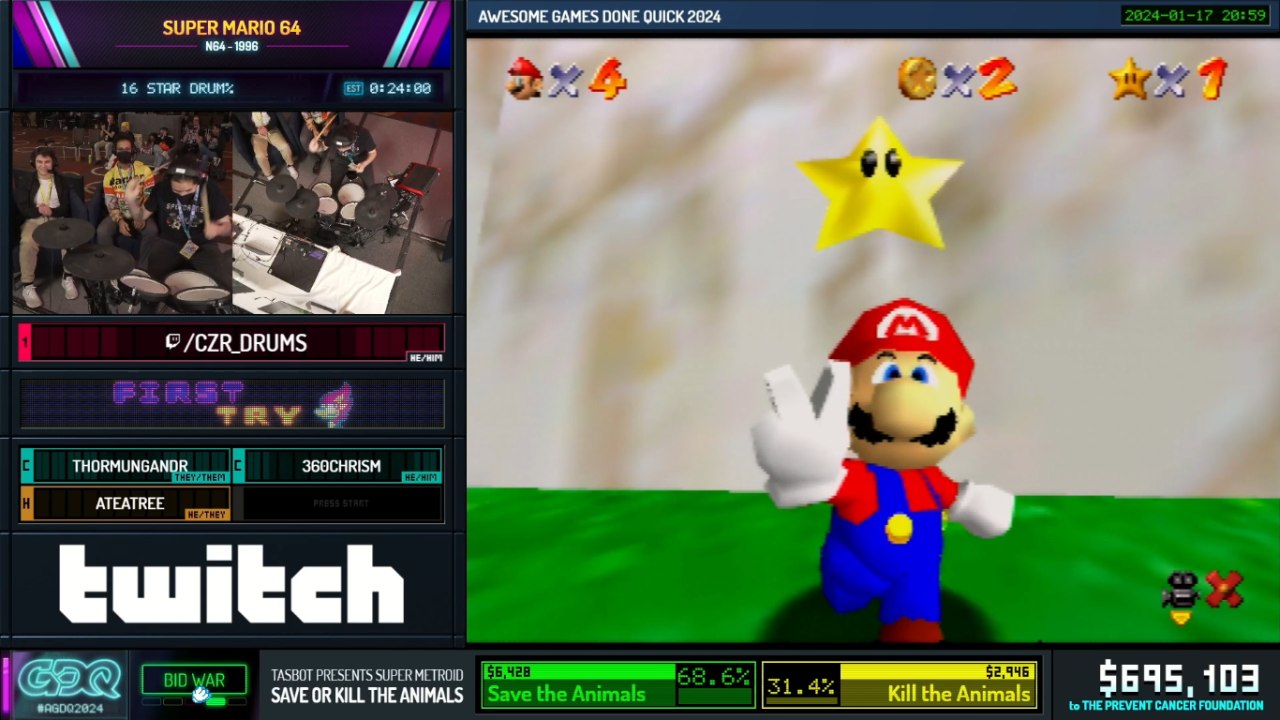For over a decade, God of War has been one of the most engrossing and entertaining games on the PlayStation platform. Starting with the original God of War on PlayStation 2 in 2005 and leading up to 2018’s epic realm-hopping sequel on PlayStation 4, the series has offered a brilliant spectacle of violence and drama, played out against a mythological backdrop. It’s safe to say that Sony Santa Monica‘s God of War Ragnarok is one of 2022’s most anticipated releases, so does this sequel live up to expectations? Let’s see if the trend of excellence continues as we dive into the world of Norse mythology for a second go!
Note: This review will not contain spoilers for God of War Ragnorak, but will contain some spoilers for God of War (2018).
Ragnarok is Coming
Picking up a few years following the events of 2018’s God of War, Ragnarok brings us back into the lives of Kratos and Atreus as they deal with the harsh weather of Fimbulwinter. Shacked up in the realm of Midgard and awaiting the inevitable coming of Ragnarok, an event of prophecy foretold to spell the end of times, the father and son have a rude awakening when Odin and Thor come to visit. Convinced that Odin is a no-good liar, Kratos refuses any offers of peace, but Atreus, still struggling with his identity as Loki, seeks answers in private.

With Ragnarok bearing down their backs and new problems popping up every few minutes, Kratos and Atreus embark on yet another adventure across the world of Norse mythology, this time taking pit stops in all of the nine realms. This sprawling narrative yields a massive cast of characters both old and new, including fan-favorite characters like Brok, Mimir, and Freya, as well as plenty of fresh faces as well. Bouncing between moments of epic action and quiet emotional introspection, the narrative deals with themes of fate, identity, legacy, and consequence.

Like with God of War (2018), God of War Ragnarok is visually spectacular and brilliantly framed, playing out in one smooth, unbroken shot (assuming you don’t die or return to the menu). While the game looks better than ever and has a magnificent sense of scale, the narrative itself becomes middling at times, with a lack of driving motivation from key characters. It’s a long and ever-so-rarely tedious adventure with a lot of content to see, so it’s understandable that the plot lacks the laser focus of God of War (2018). Apart from the somewhat rushed ending and a few poorly paced sequences, it’s still a wonderfully engaging story with an exceptional amount of heart.
Forged in Battle
Almost everything about God of War Ragnarok seems designed under the notion that “more is better”, and that’s especially notable when it comes to combat. All of the gameplay elements that were in God of War (2018) are in God of War Ragnarok, but with more variety, more spectacle, and more ways to customize. First and foremost, moment-to-moment combat is now remarkably more violent, with casual dismemberment peppered in and some brutal kill animations to punctuate the action. New environmental attacks are fun ways to demolish the ever-varied list of enemies featured in each different realm, while improved ranged attack options round out the battle experience.

Of course, Kratos has plenty of new toys to bring to the battlefield, both in the form of new armaments and special skills. Just like with combat, leveling up and upgrading have more options than ever before, allowing you to fine-tune your gear and weapons. Using the experience you earn in battle, you can learn new combat abilities by upgrading a few skill trees, unlocking special moves that level up as you use them. These abilities can also be spiced up with mod tokens, adding additional kicks of damage, status ailments, and more. Weapons, armor, and other equipment upgrades can be crafted at Brok and Sindris’ blacksmith stations or found in treasure chests while exploring, helping you further outfit Kratos and company with some killer gear.

God of War Ragnarok also boasts an incredibly impressive assortment of accessibility options, making the game playable for fans regardless of their personal limitations. The ability to completely remap the controller is just the start, as Ragnarok also features extensive HUD customization, motor accessibility options, and visual filters that enhance color and make gameplay elements easier to see. It’s heartwarming to know that the developers had accessibility in mind and wanted all players to feel comfortable during the experience, ensuring that the God of War Ragnarok story could be enjoyed by all.
Many Realms to Explore
There’s also an abundance of side content in God of War Ragnarok that will extend your playtime by dozens of hours, encouraging you to explore every corner of the nine realms of Norse mythology. Rare collectible sets and treasure maps dot the sprawling environments, along with various puzzles that often lead to secret areas. Unfortunately, your companion NPCs have a consistent problem with spoiling the solutions to every puzzle you come across, likely in an effort to keep you from becoming stuck. After a few hours of persistent backseat gaming, I was disappointed to learn that there’s no option to disable these vocal “hints”.

In addition to these bite-sized moments of extra gameplay, there are several side quests to undertake, which are, at times, more rewarding than arcs in the main plot. I was especially enamored with some early side quests in the dwarven realm of Svartalfheim, which involved a massive sea creature and some emotional backstory regarding a major character. Some ancillary side quests serve as fetch quest-like ways to encourage exploration, but even these felt fun to complete.

Almost every step of the way, God of War Ragnarok continues to expand its world with more additional content. When you’re not hunting collectibles or completing quests, you can tackle an assortment of world bosses that lurk in each zone. Additionally, there are combat challenges called Labors that award you with XP for using specific weapons or special abilities, incentivizing varied combat. Overall, this massive list of secondary objectives and extra content offers lots of replayability, especially for fans who want to hit 100% completion.
The Bottom Line on God of War Ragnarok
After the masterpiece that was God of War (2018), God of War Ragnarok had big shoes to fill, and somehow this sequel keeps the quality coming. It’s a boisterous adventure on an epic scale with lots of characters to meet and enemies to fight, enriched with layers and layers of combat variety. Although the plot occasionally loses focus and your companions constantly spoil puzzles during exploration, the narrative is still enthralling and mysterious, with several surprises along the way.

Depending on how much time you spend exploring and what difficulty level you’re playing on, God of War Ragnarok will take anywhere from 30 to 60 hours to complete. A surplus of extra content and post-game bosses should also keep you coming back long after the credits have rolled. Engaging combat, beautiful environments, and some truly awesome setpiece moments make God of War Ragnarok a top-tier action title that was worth the wait.
Rating
RatingThe Good
- Gorgeous graphics and vibrant colors
- Combat is brutal, hard-hitting, and layered
- Excellent side quests and extra content
The Bad
- Enemy character models are occasionally buggy
- Companion characters constantly spoil puzzles
- Ending feels slightly rushed







